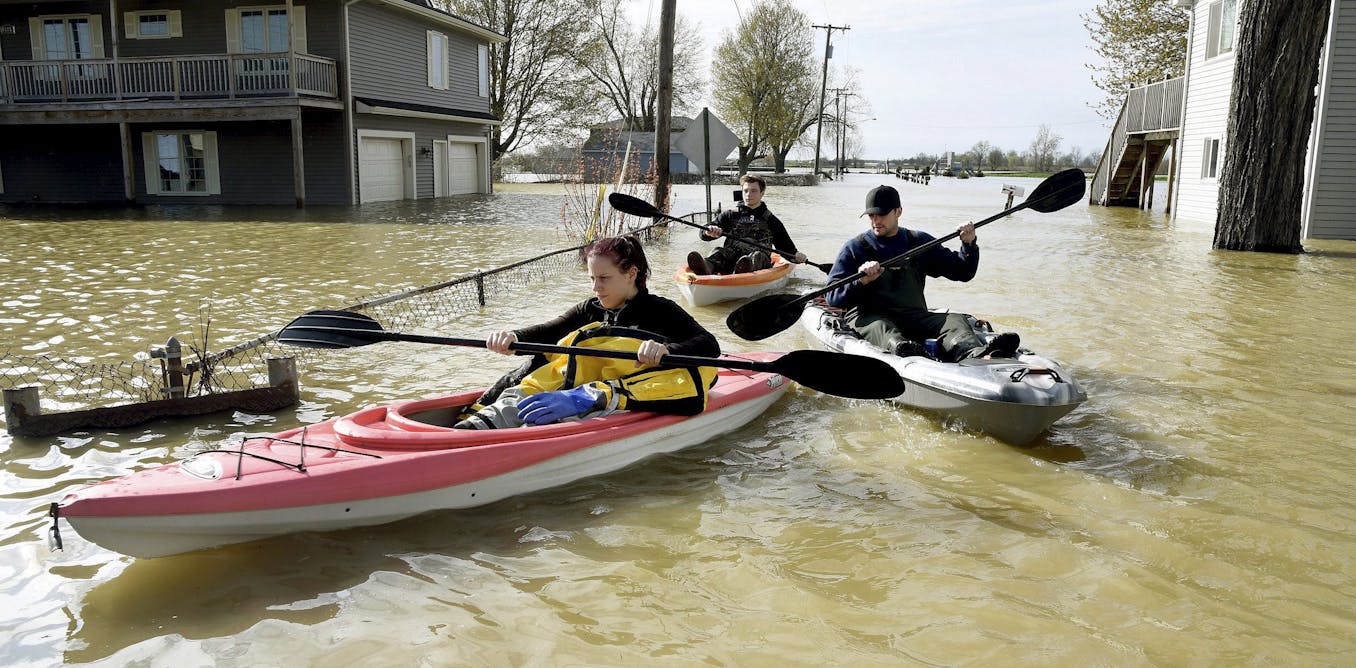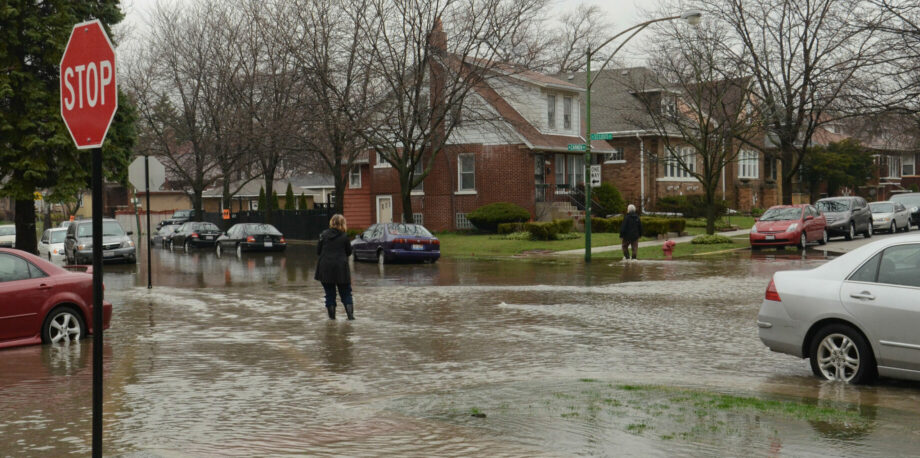Brace yourselves, Great Lakes residents—the National Weather Service (NWS) has issued lakeshore flood warnings for several areas, with rising water levels threatening homes, roads, and public safety. This is no time to delay. Here’s what you need to know to stay safe.

Flooded Streets and Rising Waters: Areas in the Crosshairs
- Erie and Chautauqua Counties, New York: A lakeshore flood warning is in effect until 4 AM Tuesday. Water levels are surging at the eastern end of Lake Erie, threatening areas like Buffalo Harbor, Canalside, and Route 5 in Hamburg. If you’re near Dunkirk Harbor or other low-lying spots, expect dangerous waves and possible flooding. Stay off piers, breakwaters, and beaches — conditions are extremely hazardous.
- Keweenaw and Houghton Counties, Michigan: Minor lakeshore flooding could persist through 7 PM tonight under a flood advisory. Homeowners near the shore are advised to protect their property now.
- Alger County, Michigan: Similar flood advisories have been issued, warning residents to prepare for rising water levels and potential damage.
What Do These Alerts Mean for You?
Let’s break it down:
- Lakeshore Flood Warning: This means significant flooding is happening now or is imminent, posing a danger to life and property.
- Lakeshore Flood Advisory: While less severe, this alert still signals minor flooding that could become hazardous quickly.
Safety First: Steps to Take Right Now
If you’re in these areas, here’s how to protect yourself:
- Head to Higher Ground: If your home is in a flood-prone area, relocate temporarily.
- Secure Your Property: Move valuables to higher floors, anchor loose outdoor items, and, if possible, shut off utilities.
- Avoid Flooded Roads: Even shallow water can sweep away vehicles. Never attempt to drive through it.
- Stay Updated: Keep an ear on local news or alerts from the NWS for real-time updates.
The Danger of Ice Jams
Ice jams—sudden river or lake water blockages caused by ice buildup—can make this situation even more unpredictable. Flooding can escalate within minutes, so stay alert and prepared for changing conditions.

This is a critical moment for communities along the Great Lakes. The next 24-48 hours will be crucial, so act now to protect your home, family, and yourself. Stay safe out there, and remember: water may look calm until it isn’t. Take the warnings seriously.

